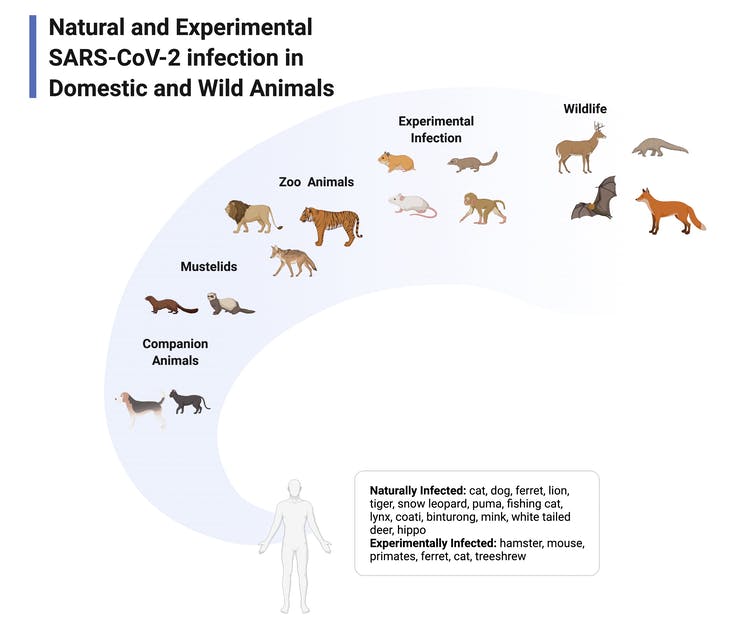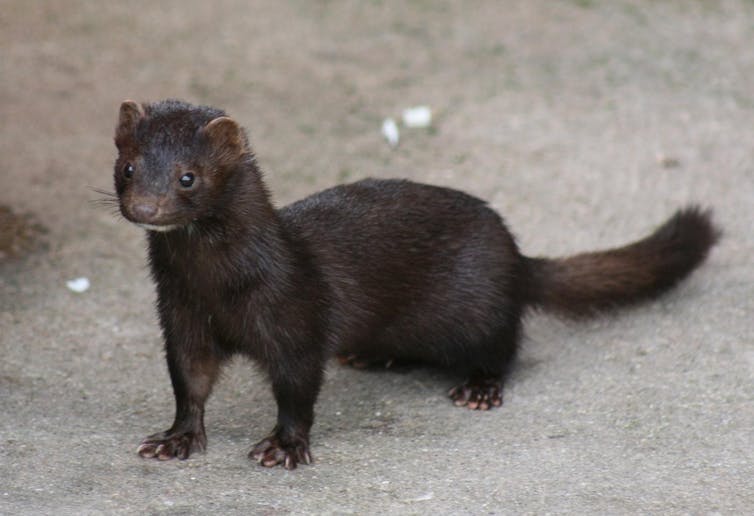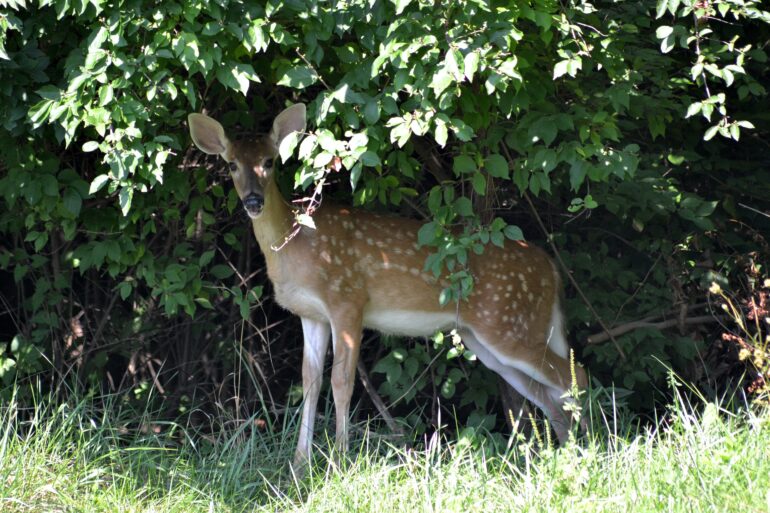In April 2020, tigers and lions at the Bronx Zoo made the news when they came down with COVID-19. In the months following these surprising diagnoses, researchers and veterinarians found SARS-CoV-2, the virus that causes COVID-19, in nearly a dozen other species, both in captivity and in the wild.
How are so many animals catching the coronavirus? And what does this mean for human and animal health?
We are veterinary researchers who investigate animal diseases, including zoonotic diseases that can infect both humans and animals. It is important, for both human and animal health, to know what species are susceptible to infection by the coronavirus. Our labs and others across the world have tested domestic, captive and wild animals for the virus, in addition to conducting experiments to determine which species are susceptible.
The list of infected animals so far includes more than a dozen species. But in reality, infections may be much more widespread, as very few species and individual animals have been tested. This has real implications for human health. Animals can not only spread pathogens like the coronavirus, but also can be a source of new mutations.

By exposing some animals to the coronavirus experimentally, researchers can understand what species are susceptible and how they react to infection.
Adapted from ‘Human body with curved callout’ by BioRender.com on Feb. 16, 2022., CC BY-ND
Which animals have caught the coronavirus?
As of February 2022, researchers and veterinary diagnostic labs have confirmed that 31 species are susceptible to SARS-CoV-2. In addition to pets and zoo animals, researchers have found that a number of nonhuman primates, ferrets, deer mice, hyenas, wood rats, striped skunks and red fox are among the animals that are susceptible to infection by SARS-CoV-2.
White-tailed deer and mink are the only two species of animals that have been found harboring the virus in the wild. Fortunately, most animals don’t appear to experience clinical disease like humans do, with the exception of mink. However, even animals that don’t appear sick may be able to transmit the virus to each other and, potentially, back to people. Still unanswered are many questions about which animals can contract the virus and what, if anything, that means for people.

Scientists knew ferrets were susceptible to the first SARS outbreak in 2002, so they tested the closely related mink after reports of sicknesses at mink farms.
Patrick Reijnders/WikimediaCommons, CC BY-SA
How to look for a virus in animals
There are three ways to study zoonotic diseases: by looking at pets or captive species like animals in zoos, testing wild animals for the coronavirus or by exposing animals to the virus in a lab.
During early stages of the pandemic, when a few pet owners or zoo caretakers observed animals with breathing problems or coughing, they arranged with veterinarians…



